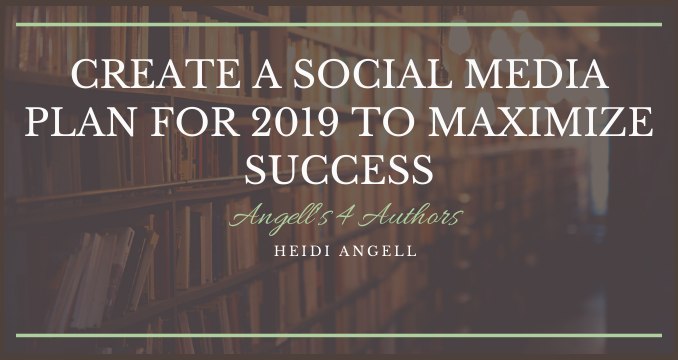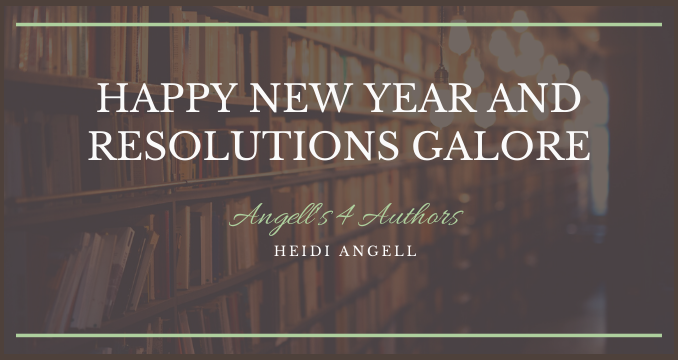Create a Social Media Plan for 2021 to Maximize Success
a solid social media plan is absolutely essential to your marketing strategy. Plus, it can be built absolutely free and scale with you as your business grows. It’s kinda perfect. A solid social media plan requires three key elements:


